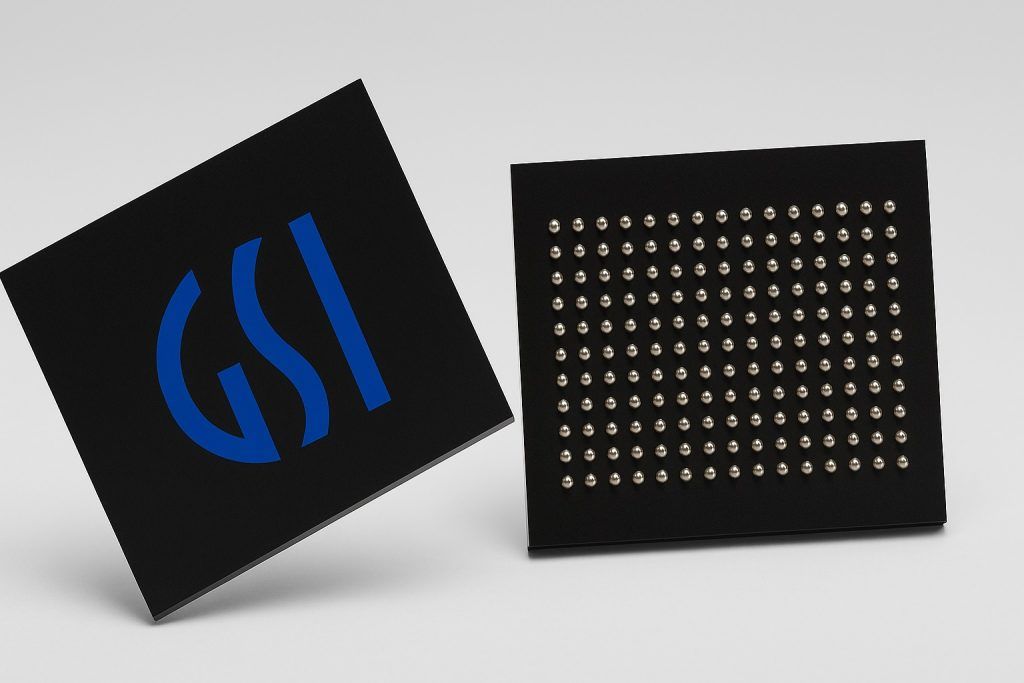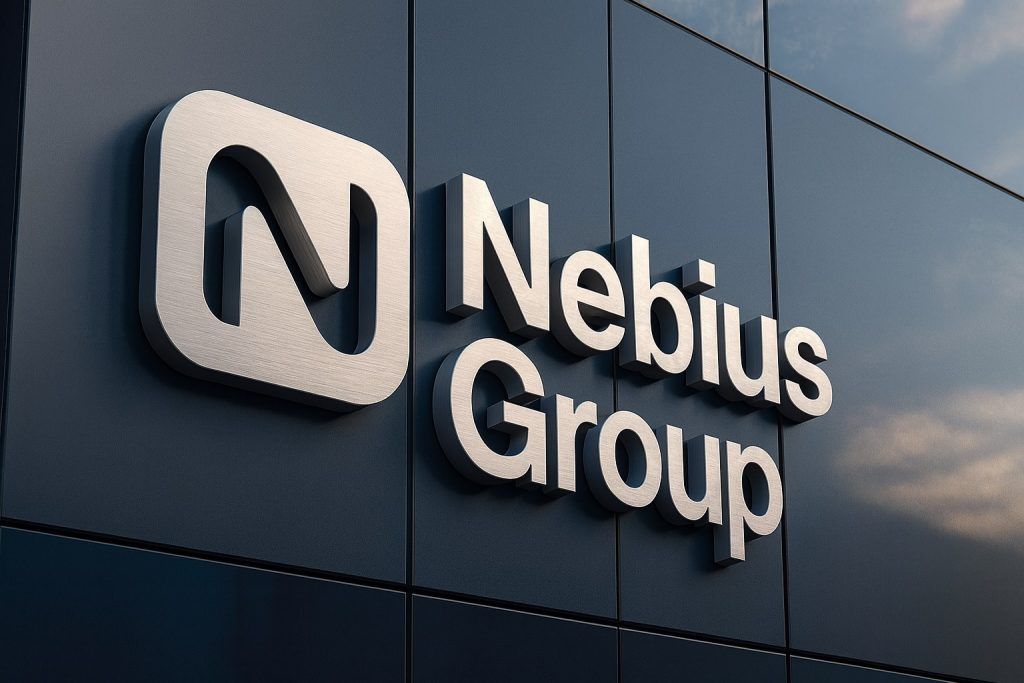- Stock Slide: Rivian Automotive (NASDAQ: RIVN) shares have fallen sharply from late-September highs. The stock briefly spiked to around $15.50 (in late Sept) but closed near $13 on Oct. 20 [1] [2]. That’s down roughly 18% from the highs, reflecting growing investor concern.
- Analyst Downgrades: Top Wall Street analysts have turned cautious. Mizuho’s Vijay Rakesh (a 5‑star analyst) just cut RIVN to “Underperform” with a $10 target – about 23% below current levels – warning that “slowing EV demand and the expiry of U.S. government incentives” could hit Rivian’s growth [3]. This follows other recent downgrades by firms like Cantor Fitzgerald and CFRA.
- Q3 Deliveries & Guidance: Rivian delivered 13,201 vehicles in Q3 2025 (roughly +32% year-over-year) [4], beating estimates. However, management narrowed full-year delivery guidance to 41,500–43,500 vehicles (midpoint 42.5K), down from a prior 40K–46K range [5] [6]. Even with a strong September push, 2025 volumes will be well below 2024’s ~51,600 vehicles [7].
- Tax Credit Cliff & Tariffs: A major blow came Sept. 30, when the $7,500 federal EV tax credit for leased vehicles expired [8]. Analysts say this “pulled forward” demand into Q3 but will leave a gap in Q4 [9]. Ford’s CEO has warned that U.S. EV market share could drop from ~10% to ~5% without incentives [10]. At the same time, new tariffs on imported EV components have raised Rivian’s costs [11]. The combined effect is a weaker near-term outlook for all electric automakers.
- Partnerships & Growth Plans: On the bright side, Rivian has strong partnerships. It formed a $5.8 billion joint venture with Volkswagen to co-develop future EV platforms [12], and it has a huge order of 100,000 delivery vans from Amazon (with ~25,000 already in service) [13] [14]. These commercial contracts provide steady revenue streams. Rivian is also investing in its next models – hundreds of test R2 crossover SUVs are on the road, and a new $5+ billion Georgia factory (7,500 jobs) is being built for the R2/R3 mid-size vehicles [15] [16].
- Analyst Consensus: Wall Street’s average view on RIVN is neutral. The consensus rating is a Hold, with an average price target ~$13.65 – barely above current levels [17]. In other words, analysts see limited upside under current conditions. Some bulls remain: for example, Canaccord’s George Gianarikas (rated “Strong Buy”) points to Rivian’s tech and the upcoming R2 SUV as a growth catalyst. He argues the R2 “looks fantastic and is priced appropriately,” potentially helping the company “find its mojo” if EV demand recovers [18].
Analysts Sound the Alarm on Demand. Following the Q3 report and guidance cut, analysts from Mizuho and others have raised red flags. Mizuho’s Vijay Rakesh emphasized that overall EV demand may be stagnating – “EV growth in North America is expected to stay flat in 2026,” he noted [19]. He cut his 2026 delivery forecast to ~60,000 units (down from 68K prior) – well below the ~72K Wall Street consensus [20] – arguing Rivian’s growth targets now look “too aggressive.” Rakesh specifically warned that with the end of the Inflation Reduction Act credits, EVs will become more expensive and demand will weaken [21] [22].
Other analysts share the caution. A TS2.tech review of EV industry data points out that, despite achieving its first-ever positive gross profit ($206M, ~17% margin) earlier in 2025 [23], Rivian still loses money overall and must continue “scale production, reduce costs and reach profitability” before its lofty valuation can be justified [24]. Similarly, CNBC commentator Jim Cramer recently told investors to “avoid buying Rivian now” over concerns about its high spending and tight cash flow [25]. In short, experts note that near-term challenges – weak demand, expensive vehicles (avg. >$70K each) [26], and high capital needs – likely outweigh positives for the time being.
Industry Context – Tesla and the EV Market. Rivian’s struggle comes as the entire EV sector braces for a slowdown. Tesla, by comparison, delivered a record 497,099 vehicles in Q3 2025 (about +7.4% YoY) [27], largely due to a late-September rush before credits expired. But Tesla itself warned investors about a possible sales “bust” in Q4. As Ken Mahoney of Mahoney Asset Mgmt put it, the tax credit “definitely…pulled forward demand” in Q3 and could leave a U.S. demand gap in the fourth quarter [28]. Evolve ETF’s CIO Elliot Johnson echoed that view: “I’m skeptical that [this] will be sustainable… we could see a soft couple of quarters” ahead [29].
Rivian faces the same headwinds. Its Q3 sales surge was partly a pull-forward effect, and now without subsidies, overall EV sales are expected to stall. Ford and GM are rolling out special lease programs to “extend” the old credit, underscoring how automakers expect a slump [30]. In this tougher market, every EV maker – from giants to startups like Lucid and Fisker – is feeling the pinch. TS2.tech analysts note that high tariffs on batteries and parts are compressing margins across the industry [31] [32]. Even General Motors took a multi-billion write-down on its EV business in Q3, signaling demand issues.
Partnerships and Plans for the Long Term. Despite short-term pains, Rivian still has potential catalysts on the horizon. Its large VW partnership and Amazon contracts provide scale and stability [33] [34]. CEO RJ Scaringe is banking on the upcoming R2 SUV, a more affordable model due in early 2026, to open a broader market. Hundreds of pre-production R2 vehicles are undergoing final testing [35], and Rivian expects the R2 platform to cut costs via simpler design and higher volumes [36] [37]. Analysts note that if R2 succeeds as hoped, Rivian’s margins and growth could improve. For example, Canaccord’s Gianarikas projects R2 volume in “hundreds of thousands” long-term, and argues it could allow Rivian to leverage its adventure-brand appeal to a wider audience [38].
On the financial side, Rivian is working to trim costs: it achieved two consecutive quarters of gross profit in early 2025 [39]. The company also plans to pause Illinois production briefly this fall to retool for R2 [40]. Still, Rivian will need more capital to complete the Georgia factory and launch R2/R3. TS2.tech warns that Rivian “continues to burn cash and will need additional capital… [which] could expose shareholders to dilution” [41]. In fact, Rivian recently said it will need to raise external funds in the coming year to fully fund its expansion.
Investment Outlook and Forecast. With all these factors in play, analysts’ price targets for RIVN are all over the map. The current Wall Street consensus (Hold) implies only modest upside – the average 12-month target is around $13.65 per share (roughly 5% above late-Oct levels) [42]. Mizuho’s bear-case $10 target reflects a 23% downside [43], whereas the most optimistic bulls (like Canaccord) have targets near $21 (50%+ upside) [44]. In practice, we may see Rivian trade in a wide range depending on news flow.
In the near term, market watchers will be focused on the Q3 earnings call (scheduled Nov. 4 after market close) for guidance and updates. Any clarity on demand trends, tariff relief or new incentives, and progress on R2 will move the stock. Some analysts are also watching for signs of government policy changes – for example, reports in mid-October about potential auto tariff relief had briefly lifted Rivian and Ford shares [45]. If such relief materializes, it could ease cost pressures (and may give the stock a bounce).
Over the long term, Rivian’s fate may hinge on broader EV adoption. If the R2 model launches smoothly and EV incentives (federal or state) return, Rivian could regain momentum. But if the EV sales slump proves deep and prolonged, Rivian’s ambitious targets may need further trimming. As one TS2 analyst summary puts it, “the company must scale production, reduce costs and reach profitability before investors can justify high valuations” [46].
Bottom line: Rivian shares are under pressure as the EV market faces a credit-cliff hangover. Leading analysts warn of a significant downside (some see ~20–25% drops) [47] unless demand and incentives recover. Investors will be closely monitoring the next few weeks of news and earnings. For now, the stock’s price target range reflects this uncertainty – trades near its current level already price in much of the recent gloom (the average target is around current price [48]). Any positive surprise – a rebound in demand, aggressive cost cuts, or new partnerships – could spark a rally. Conversely, if tax-credit headwinds persist, Rivian may continue to struggle.
Sources: Recent analyst reports and news articles, including TipRanks, Reuters, TechStock² (ts2.tech) analyses, TechCrunch, and official Amazon/Rivian releases [49] [50] [51] [52] [53] [54] [55] [56] [57] [58] [59], among others. These detail the latest delivery figures, guidance changes, expert commentary, and stock forecasts.
References
1. ts2.tech, 2. finviz.com, 3. www.tipranks.com, 4. www.tipranks.com, 5. www.tipranks.com, 6. techcrunch.com, 7. techcrunch.com, 8. ts2.tech, 9. ts2.tech, 10. ts2.tech, 11. ts2.tech, 12. ts2.tech, 13. www.aboutamazon.com, 14. www.aboutamazon.com, 15. ts2.tech, 16. ts2.tech, 17. www.tipranks.com, 18. www.tipranks.com, 19. www.tipranks.com, 20. www.tipranks.com, 21. www.tipranks.com, 22. www.tipranks.com, 23. ts2.tech, 24. ts2.tech, 25. ts2.tech, 26. www.tipranks.com, 27. ts2.tech, 28. ts2.tech, 29. ts2.tech, 30. ts2.tech, 31. ts2.tech, 32. ts2.tech, 33. ts2.tech, 34. www.aboutamazon.com, 35. ts2.tech, 36. ts2.tech, 37. ts2.tech, 38. www.tipranks.com, 39. ts2.tech, 40. ts2.tech, 41. ts2.tech, 42. www.tipranks.com, 43. www.tipranks.com, 44. www.tipranks.com, 45. finimize.com, 46. ts2.tech, 47. www.tipranks.com, 48. www.tipranks.com, 49. www.tipranks.com, 50. www.tipranks.com, 51. ts2.tech, 52. ts2.tech, 53. ts2.tech, 54. techcrunch.com, 55. www.aboutamazon.com, 56. www.aboutamazon.com, 57. ts2.tech, 58. finimize.com, 59. finviz.com







